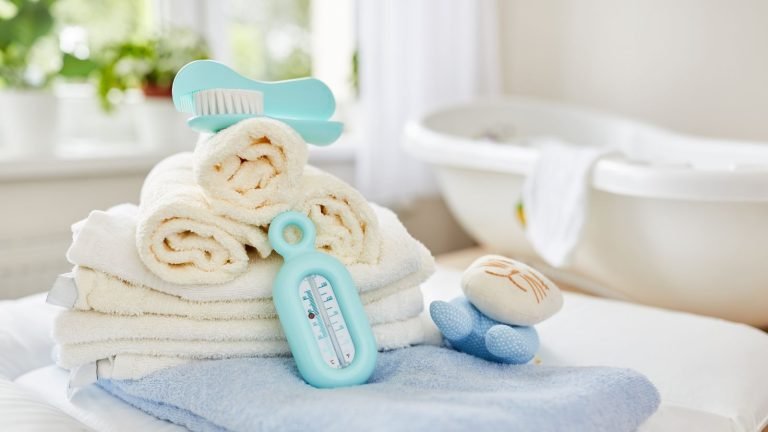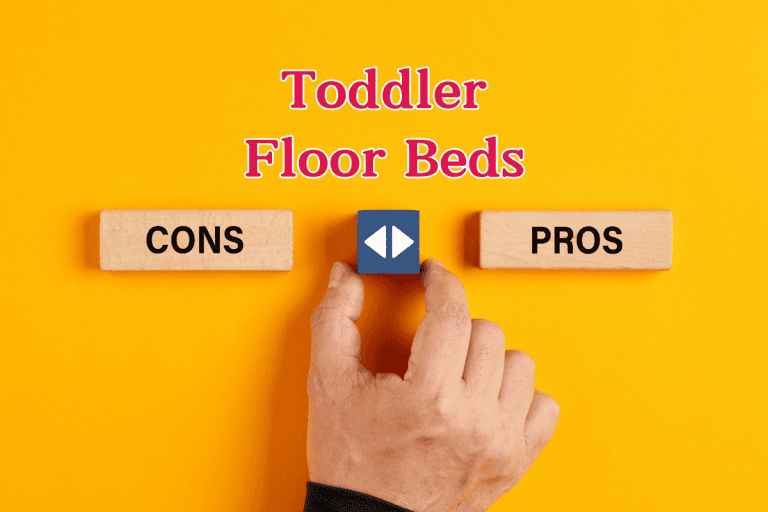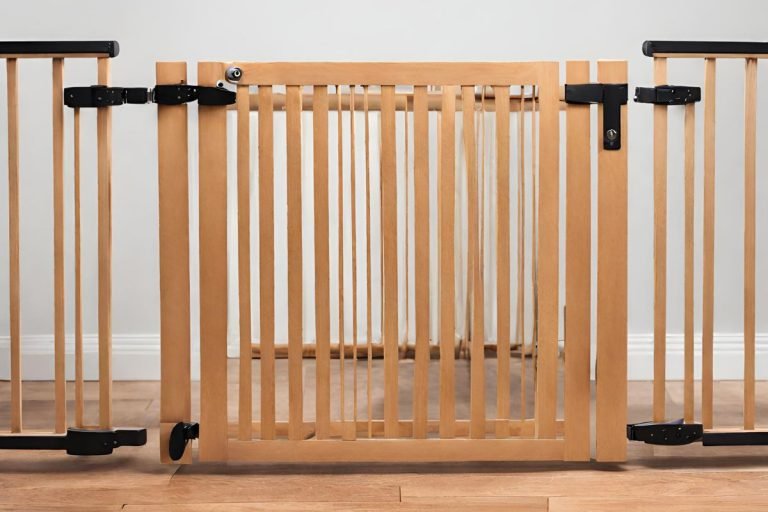Baby Always Moves to Edge of Crib? Causes & Safe Sleeping Tips for 2025

Baby Always Moves to Edge of Crib: What It Means and How to Keep Them Safe
Notice that your baby keeps moving close to the edge of the crib every time they sleep? Many parents worry when they see their baby is sleeping in the corner of their crib, wondering if it’s safe.
It’s normal for babies to gravitate towards the edges, often because they like the feeling of being snug, just like they were in the womb. However, as your baby grows, this habit may lead to safety concerns like getting stuck, waking up frequently, or sleep disruptions.
Instead of being frustrated, let’s celebrate! This is part of their unique sleep development. Understanding why this happens and how to create a safe sleep environment will help your baby find their way to restful sleep while giving you peace of mind.
Key Takeaways – Baby always Moves to Edge of Crib
- Babies move in the crib to find their most comfortable position.
- The startle reflex and rolling in the crib contribute to movement.
- Using a swaddle, sleep sack, or bassinet in early months can help.
- A firm mattress that meets current safety standards ensures safe sleep.
- Avoid co-sleeping, toys in the crib, or loose bedding to reduce risks.
Why Your Baby Moves Close to the Edge of the Crib

1. Babies Learn to Self-Soothe
As babies learn to sleep independently, they explore their self-soothing skill. Many babies prefer to sleep near the crib’s edges because it gives them a feeling of being held, similar to the womb.
2. Startle Reflex If You Continue to Swaddle
The startle reflex, also called the Moro reflex, can cause sudden jerks that wake them up. If your baby is starting to roll, it’s time to stop swaddling and switch to a sleep sack for safety. Learn more about what to do when your baby won’t sleep without a swaddle but rolls over.
3. Rolling in the Crib as a Milestone
By 3-5 months, many babies start rolling in the crib, often ending up in a different spot than where you placed them. This is normal! It shows they’re developing full control over their movements.
4. Seeking Comfort and Temperature Regulation
Your baby may be really tempted to move toward the crib’s edge if it feels warmer or cozier there. Adjust the room temperature to ensure they stay comfortable all night long.
5. They’ve Rolled and Can’t Roll Back
If your baby isn’t yet able to roll back, they might end up at the edge of the crib and become frustrated. Encourage tummy time during the day to help strengthen their muscles.
Is It Safe for a Baby to Sleep Close to the Edge of the Crib?

Babies find their way to different sleep positions, but parents should still ensure their sleep environment is safe:
- No loose bedding or toys in the crib – These pose a risk of suffocation.
- Follow safety guidelines – The American Academy of Pediatrics (AAP) recommends a firm mattress with a fitted sheet.
- Avoid co-sleeping – Keeping your baby in their crib instead of your bed is the safest option.
- Use a baby monitor – A baby monitor helps you keep an eye on their movements without unnecessary sleep interruptions.
How to Help Your Baby Sleep Comfortably in the Crib

1. Continue to Swaddle (If Under 3 Months)
If your baby is younger than 3-5 months and hasn’t started rolling in the crib, you can continue to swaddle them. Swaddling reduces sudden movements caused by the startle reflex.
2. Transition to a Sleep Sack
Once your baby starts rolling, switch to a sleep sack. This keeps them warm while allowing them to move safely.
3. Let Your Baby Figure Out How to Get Comfortable
You’re like: “How do I stop my baby from moving so much?” The truth is, babies need to find their most comfortable position. Give them space to explore their unique sleep style without rushing to reposition them.
4. Don’t Linger – Allow Self-Soothing
If your baby wakes up after moving to the edge, don’t linger too long before seeing if they can self-soothe. Give them a week or two to adjust to new sleep patterns. Check out why babies wake up after 30 minutes for no reason.
5. Lay Them Down Drowsy but Awake
Helping your baby get to sleep on their own is key to independent sleep. Try putting them in the crib when they’re drowsy but still awake, so they learn to self-soothe without your help.
6. Make Sure the Crib Meets Current Safety Standards
Check that the crib meets current safety standards from the AAP. A firm mattress and breathable crib design help keep your baby safe.
7. Consider Introducing a Lovey If your baby is old enough, a lovey can provide comfort and help with self-soothing. Find out how long a lovey should be for safe sleep.
When Should You Be Concerned?

Most movement in the crib is normal, but watch for these signs:
- Your baby isn’t rolling back or wakes up distressed.
- Frequent sleep interruptions from discomfort.
- Getting stuck in awkward sleep positions.
- Interrupted breathing or unusual behavior.
If you’re worried, talk to a sleep consultant or your pediatrician for expert advice.
Summary
Babies often move close to the edge of the crib because it provides comfort, mimics the womb, and helps them self-soothe. This is part of their unique sleep journey, especially as they start rolling in the crib around 3-5 months.
To keep your baby’s sleep safe:
- Use a swaddle for newborns but stop once they start rolling.
- Encourage tummy time to help them develop full control over movements.
- Avoid co-sleeping, toys in the crib, and loose bedding.
- Follow safety guidelines from the American Academy of Pediatrics (AAP).
- Let your baby find their most comfortable position while ensuring a secure sleep environment.
By following these steps, you and your little one can enjoy restful, safe nights with fewer sleep interruptions. If your baby only sleeps when held, here are some tips to help.
Frequently Asked Questions
1. Is It Normal for Babies to Move Around So Much in the Crib?
Yes! As your baby grows, they start rolling in the crib and exploring different sleep positions.
2. Should I Use a Crib Bumper to Stop My Baby from Moving?
No, bumpers are not safe. They can increase the risk of suffocation. Instead, let your baby find their way to a comfortable position.
3. How Can I Keep My Baby from Waking Up All Night Long?
Use a sleep sack instead of a swaddle, avoid loose bedding, and establish a consistent bedtime routine.
4. Why Does My Baby Prefer to Sleep in the Corner of Their Crib?
Many babies like the feeling of being snug against something, similar to being in the womb.
5. When Will My Baby Stop Moving So Much at Night?
By 3-5 months, babies start rolling in the crib, and by a week or two after mastering rolling, they’ll settle into their preferred sleep positions.





